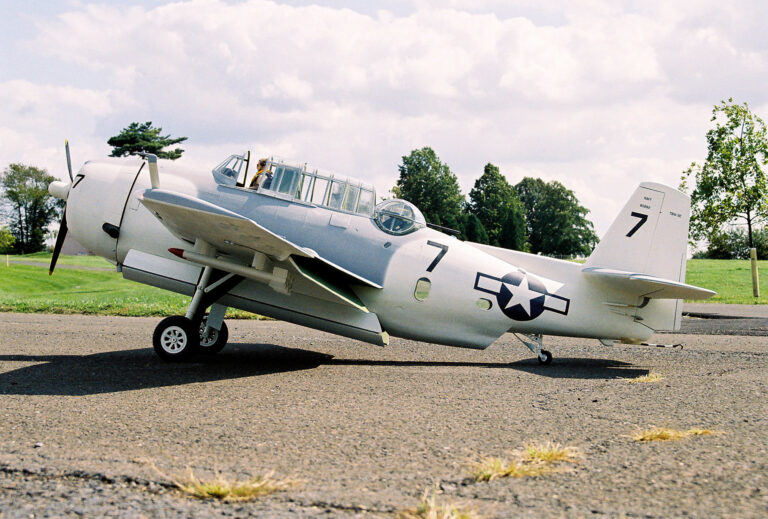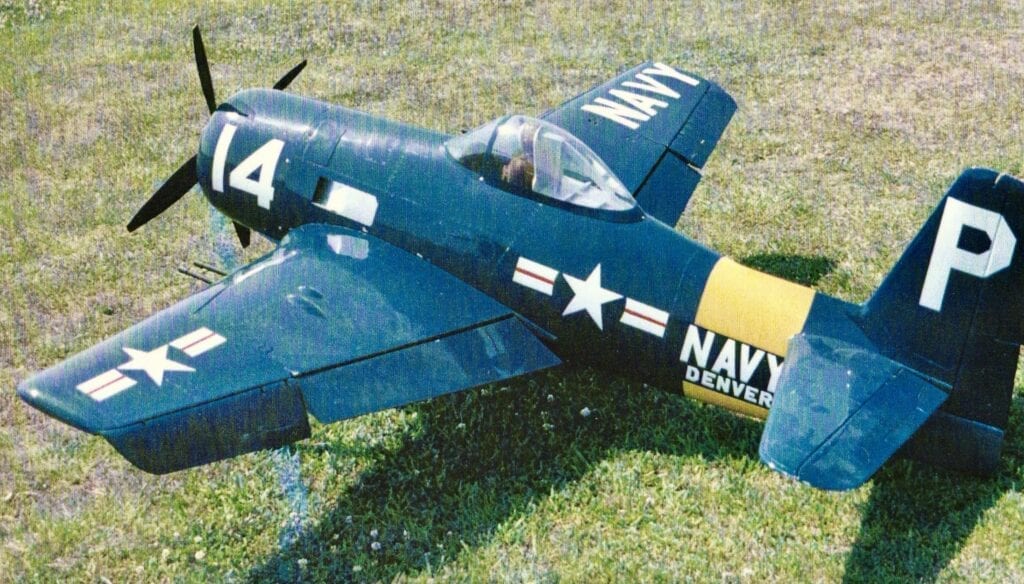

The D17 featured a lengthened fuselage that improved the aircraft's handling characteristics by increasing control leverage, and the ailerons were relocated to the upper wings, eliminating interference with the flaps. In the mid-1930s, Beech undertook a major redesign of the aircraft, to create the Model D17 Staggerwing. The Staggerwing's retractable conventional landing gear, uncommon at that time, combined with careful streamlining, light weight, and a powerful radial engine, helped it perform well.

Construction was complex and took many man-hours to complete. The fabric-covered fuselage was faired with wood formers and stringers over a welded, steel tube frame. The Model 17's unusual negative stagger wing configuration (the upper wing staggered behind the lower) and unique shape maximized pilot visibility and was intended to reduce interference drag between the wings (although it was later found to have negligible effect).
#MARUTAKA BEECH CRAFT D17 STAGGERWING SERIES#
During its heyday, it was used as an executive aircraft, much as the private jet is now, and its primary competition were the Waco Custom Cabin and Waco Standard Cabin series of biplanes. The Beechcraft Model 17, popularly known as the "Staggerwing", was first flown on November 4, 1932. Wells joined forces to collaborate on a project to produce a large, powerful, and fast cabin biplane built specifically for the business executive. At the height of the Great Depression, aircraft executive Walter H.


 0 kommentar(er)
0 kommentar(er)
